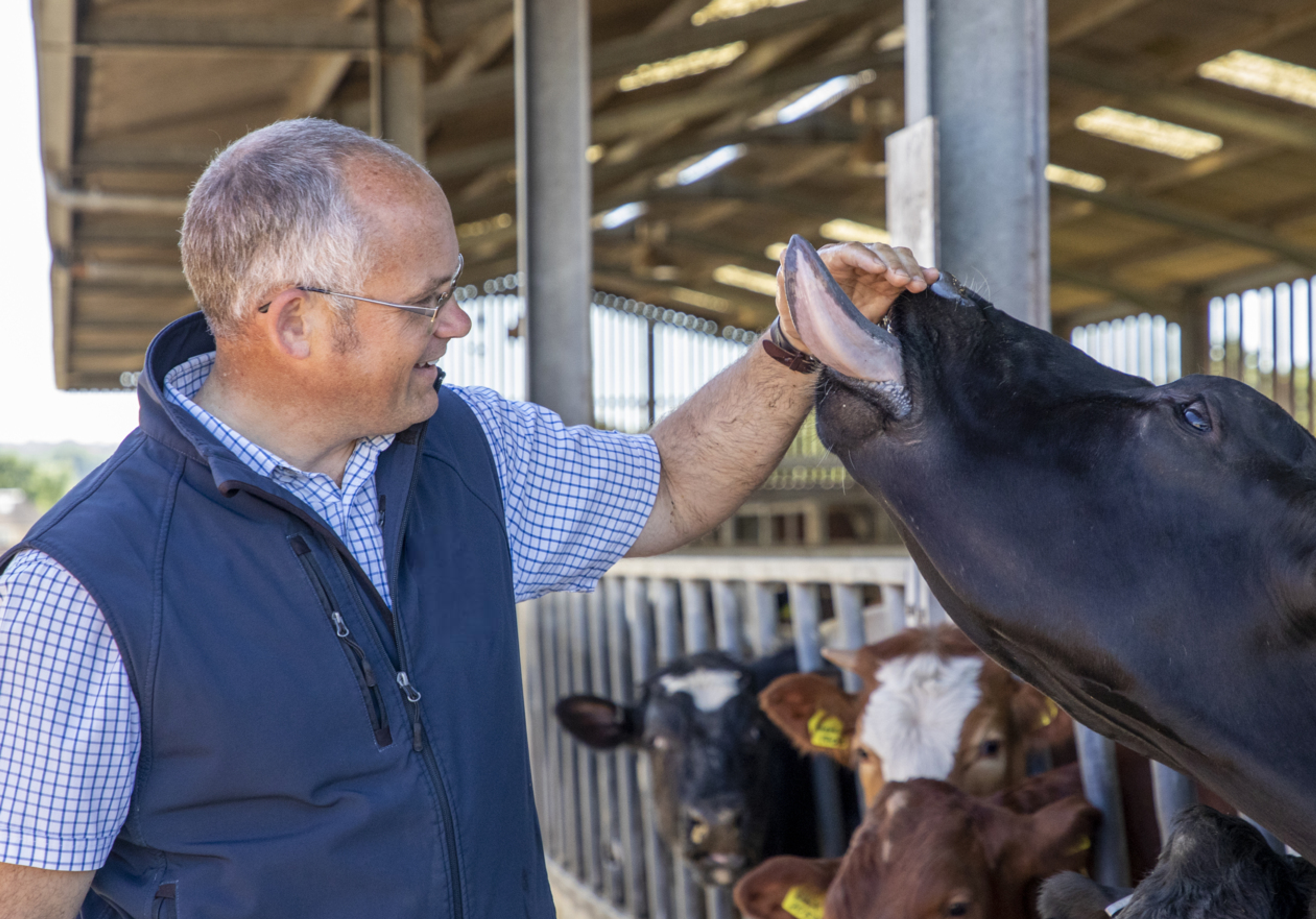
Assessments
How it works
Trained assessors visit every farm or site
All of our assessors have backgrounds in farming, the food industry or animal welfare science, giving them the expertise and experience to carry out thorough, fair and practical assessments.
Ensuring farms achieve the RSPCA’s welfare standards
To join the scheme, applicants must pass a full assessment against the RSPCA's higher welfare standards for farmed animals. RSPCA Assured assessors repeat these in-depth checks annually to make sure high standards are maintained.
On average, members must meet 760 individual standards. This means assessments can last several hours as every detail is carefully checked.
So when you see the RSPCA Assured label on food packaging and menus, it means the farms – and every stage of the animals’ lives – have been assessed to the RSPCA’s strict farmed animal welfare standards.
Ongoing checks to protect welfare
Every member is assessed once a year and may also receive unannounced spot checks to ensure standards are maintained.
During visits, assessors check animals have constant access to clean food and water, can move freely, socialise and express natural behaviour – for example, hens being able to perch or cows using ‘enrichment’ such as scratching brushes.
They also inspect the condition of housing and bedding, and review paperwork such as staff training, vet reports and daily welfare checks.
If standards aren’t met, farms can’t be RSPCA Assured certified
Farms must be fully compliant with all the RSPCA welfare standards before they can join the scheme.
If a member fails to meet the standards at their renewal assessment and doesn’t put things right quickly, they risk losing their RSPCA Assured certificate.
Our integrity policy means farms that fail to meet the standards can face a formal warning, suspension or withdrawal from the scheme. This means food from that farm can’t be labelled RSPCA Assured.
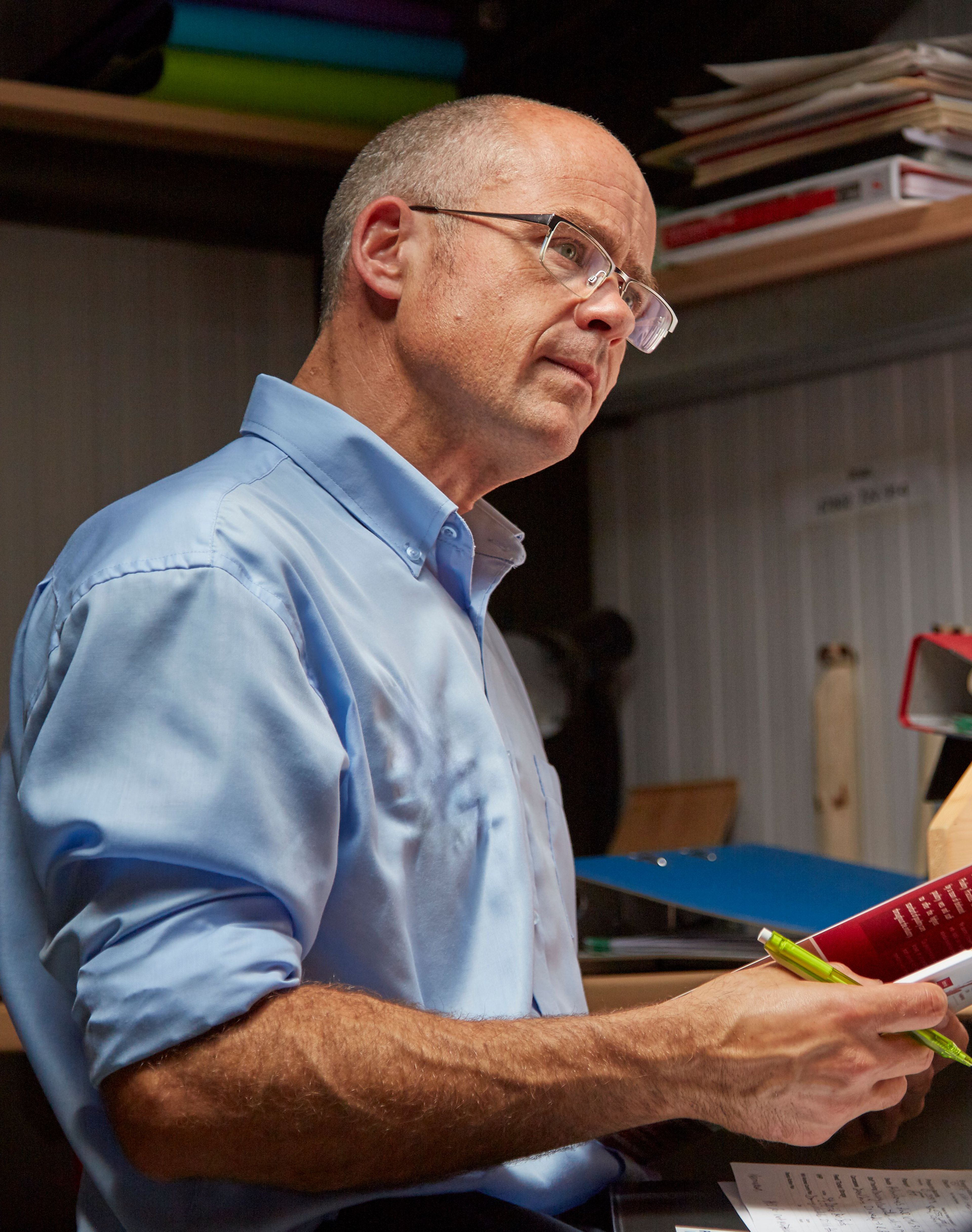
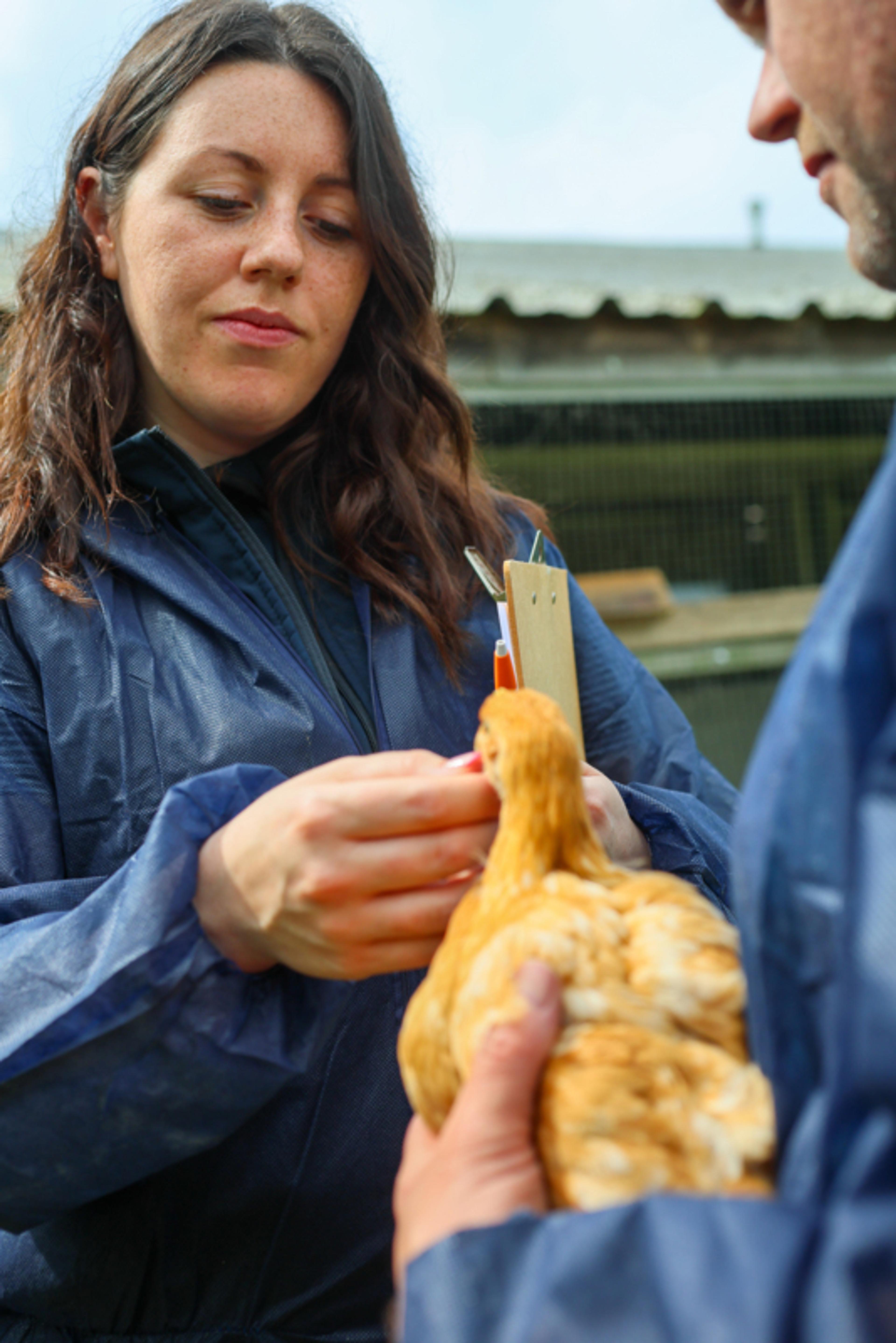
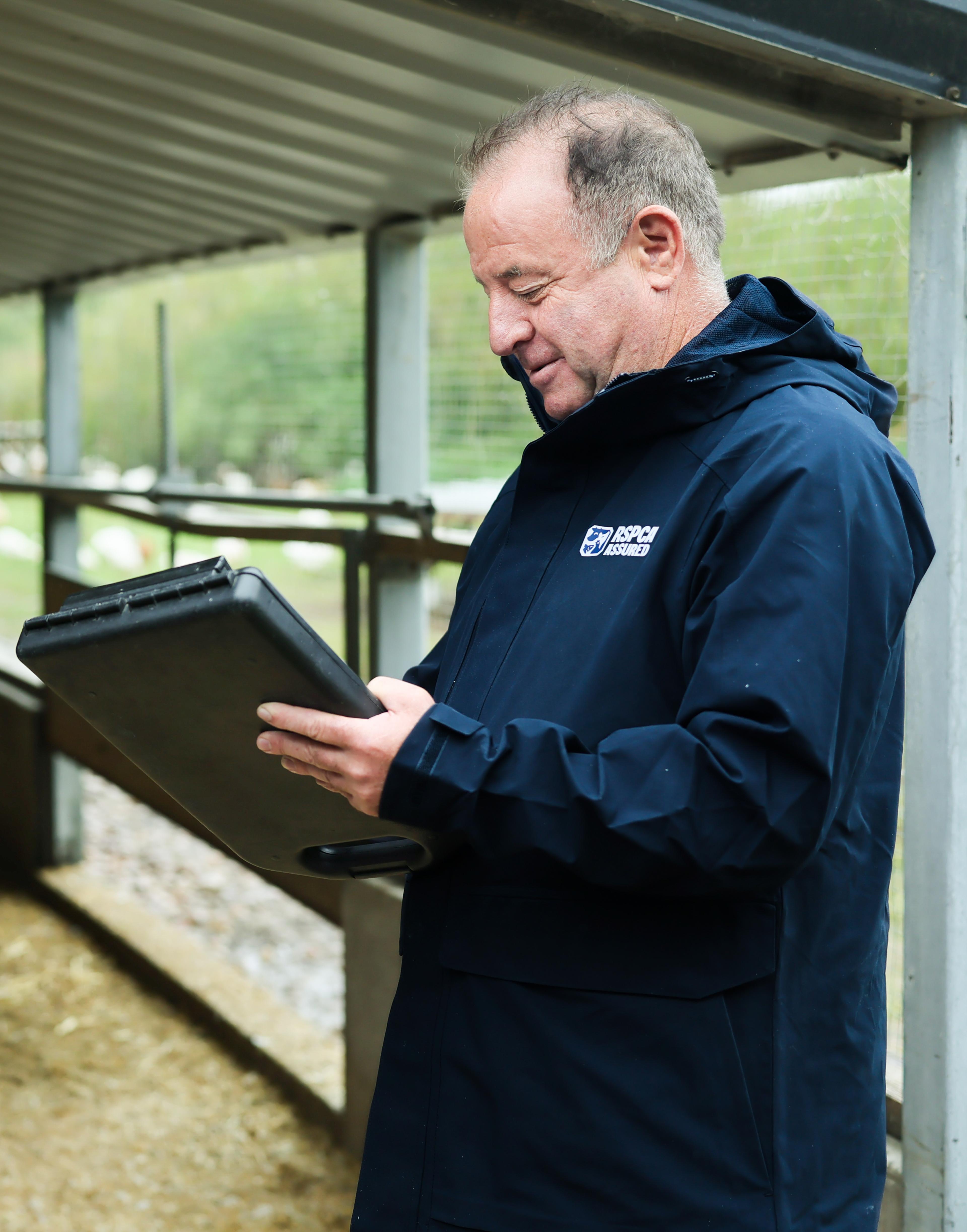
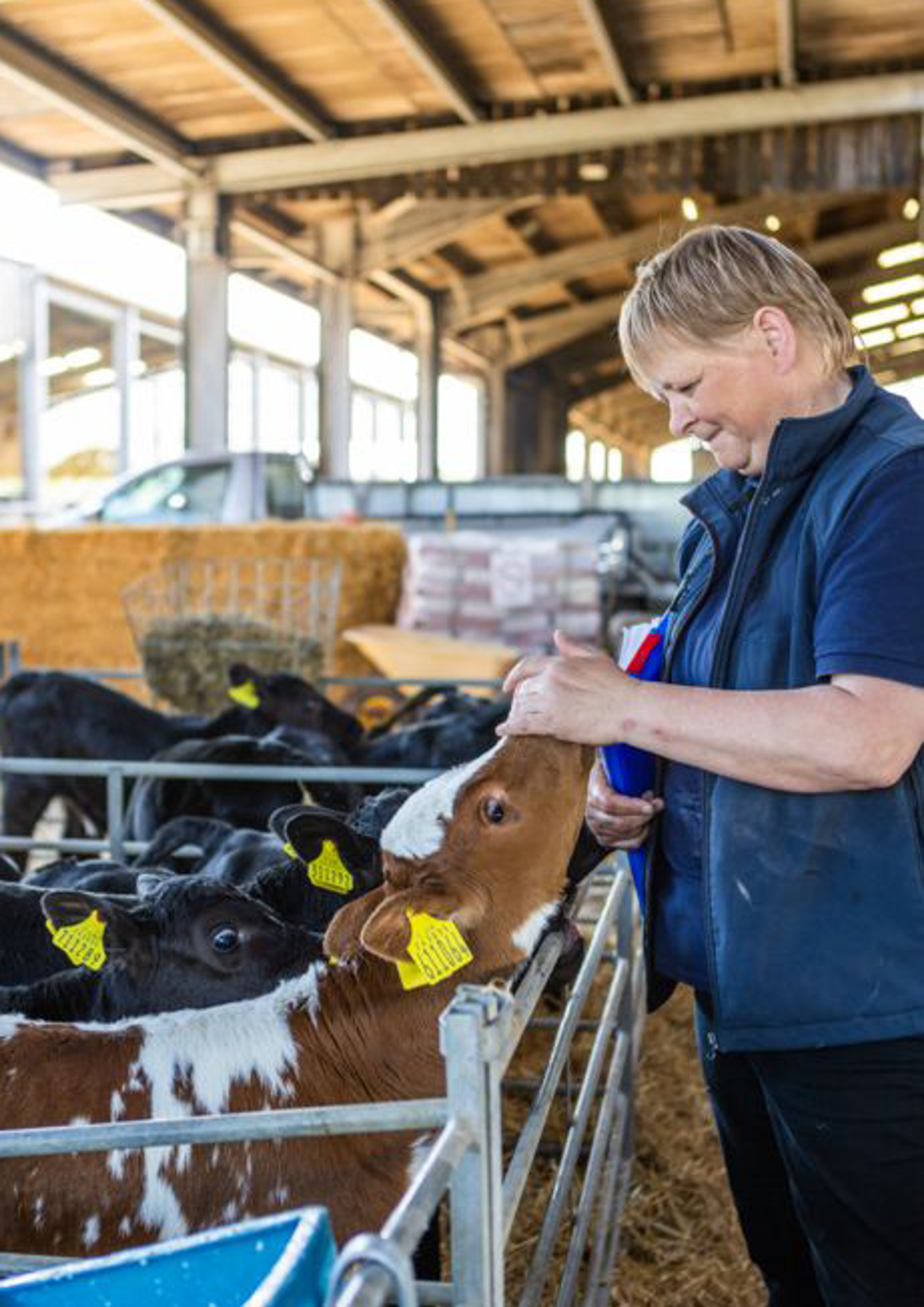
We’re often asked
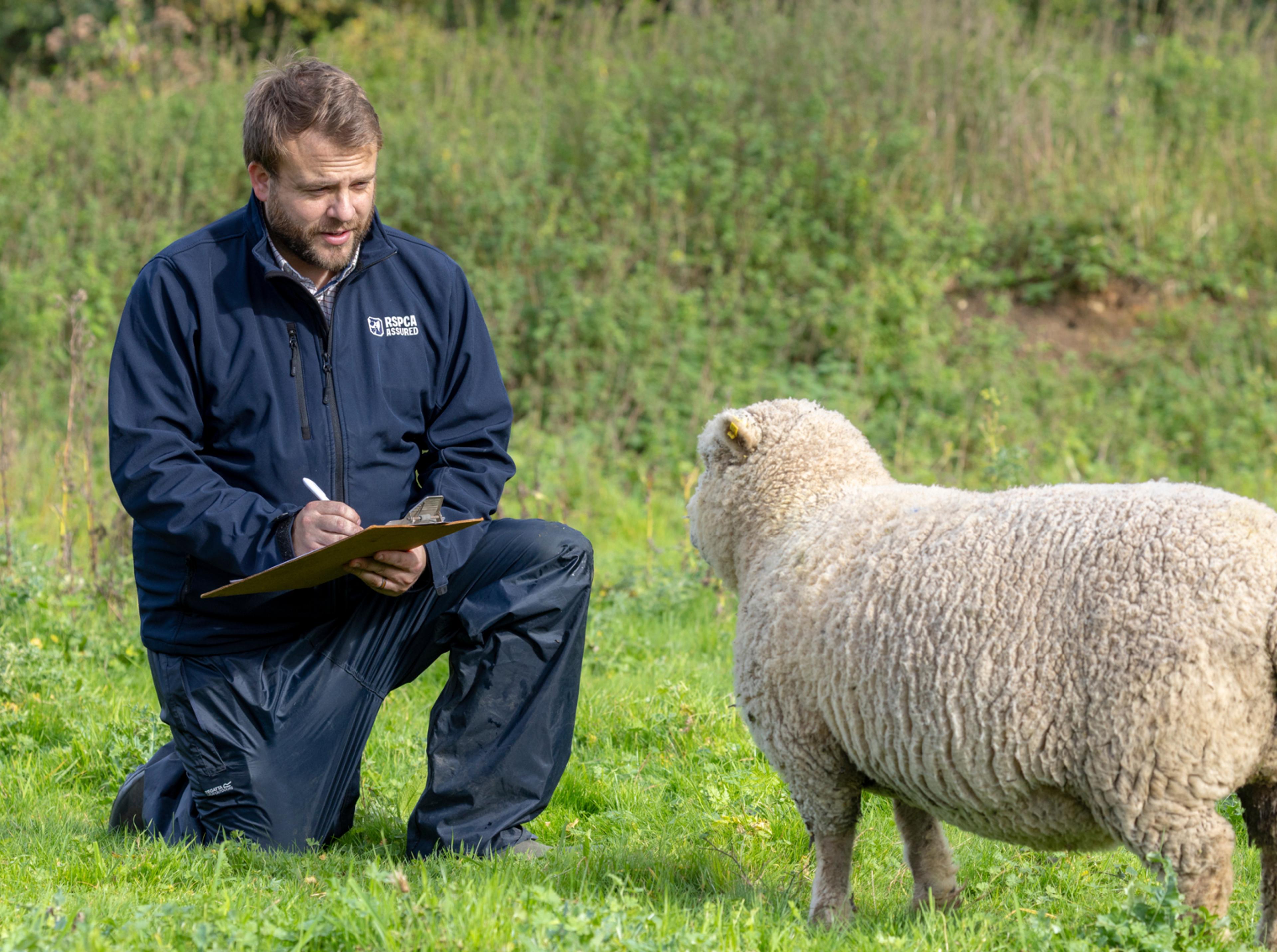
Review of RSPCA Assured 2024
An independent review of 200 RSPCA Assured farms found that the scheme is ‘operating effectively’ to assure animal welfare on member farms.